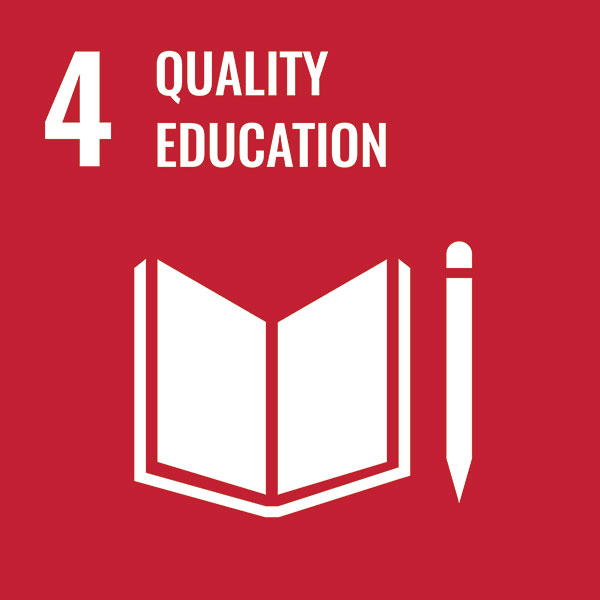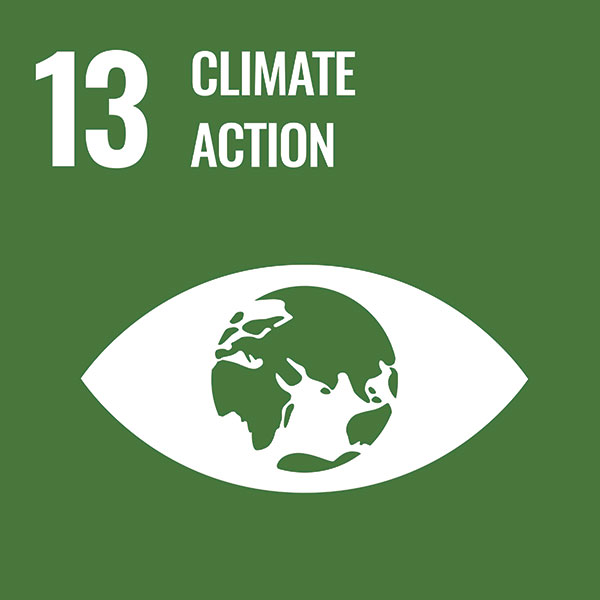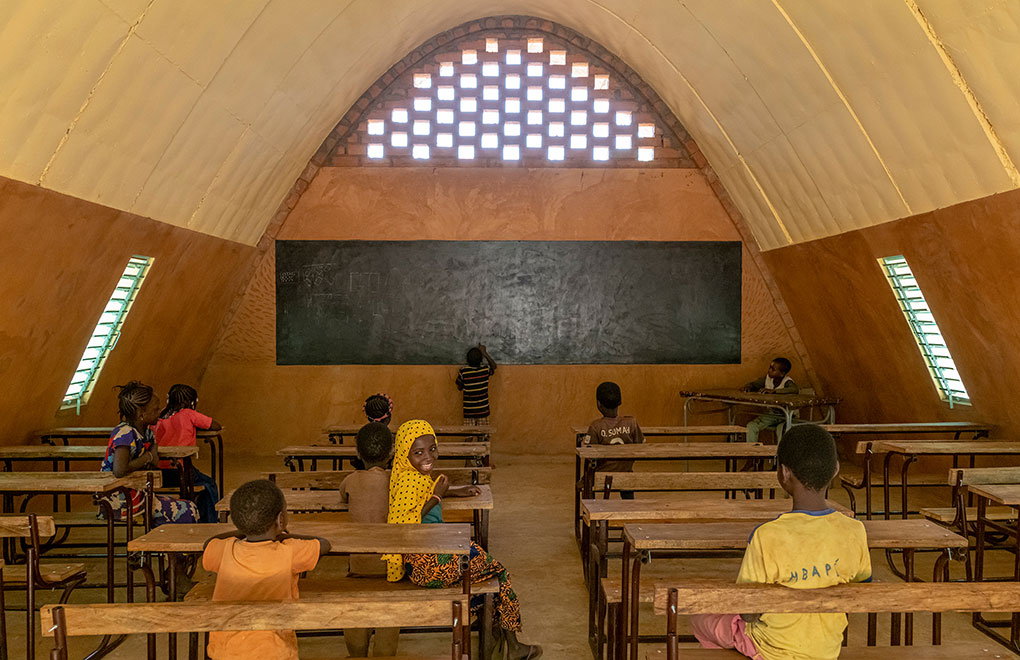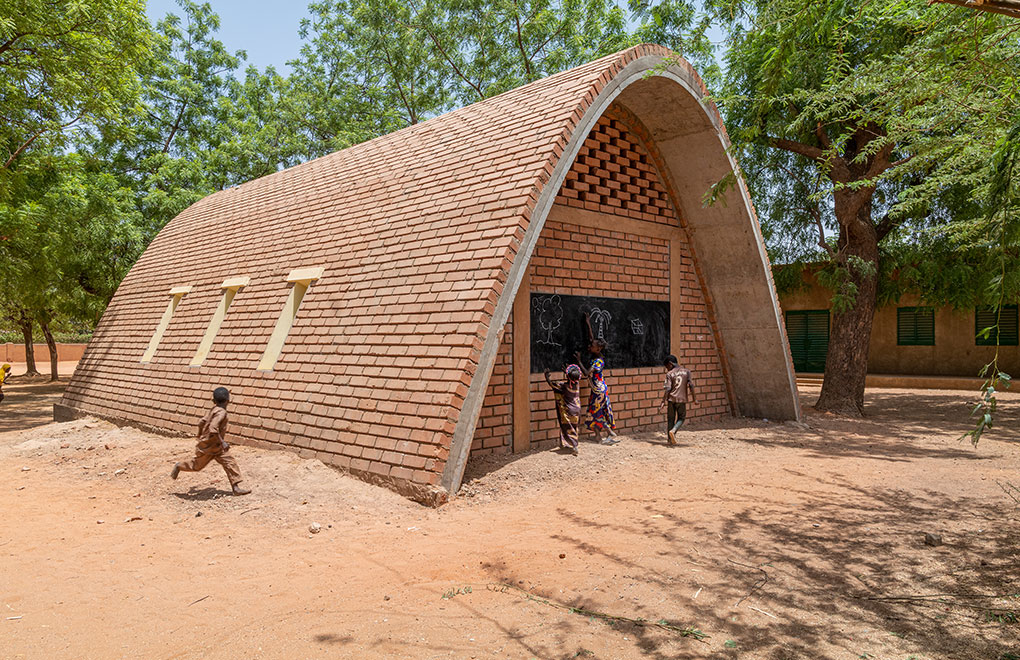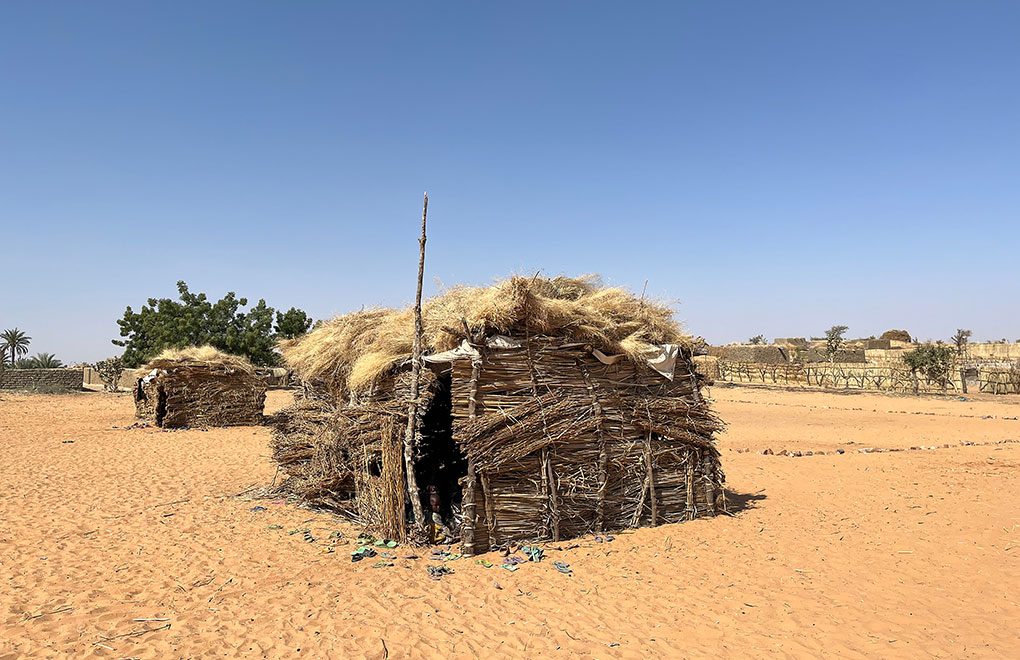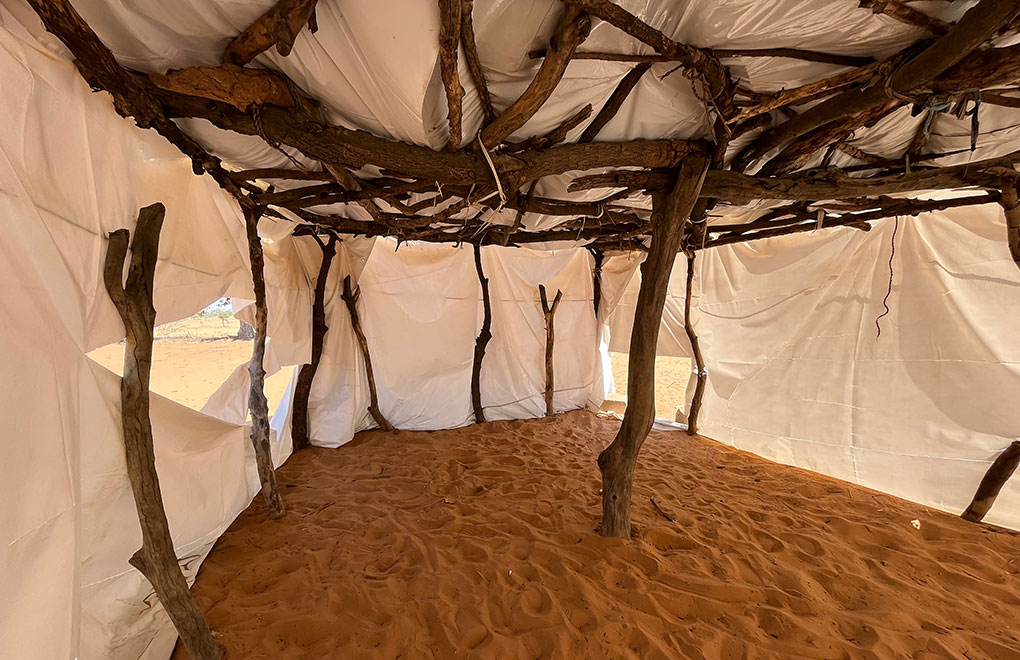Project Overview
Designed to address the educational challenges faced by the Sahel region, this efficient and sustainable classroom model offers a scalable solution. By utilizing locally sourced materials and incorporating innovative construction techniques, such as the use of mobile formwork, the model reduces costs and improves thermal efficiency. Its capacity for rapid replication makes it suitable for widespread implementation in areas with limited educational infrastructure, like Niger.
Project Details
General Information
The design project aims to create sustainable, cost-effective, and quickly realizable educational structures in Niger. This initiative addresses the urgent issues of climate change and educational infrastructure needs.
Key Features and Objectives:
Innovative Materials: The project utilizes SEB (Stabilised earth blocks), a bioclimatic material made from locally sourced laterite-rich soil stabilized with 6-7% cement. This offers excellent thermal insulation, reducing classroom temperatures by 5-6 degrees compared to traditional cement buildings.
Structural Design: The project employs a catenary arch design, optimizing material usage while maintaining structural integrity. This design choice allows for a lightweight structure that distributes load efficiently, reducing the need for additional materials and costs.
Sustainability and Replicability: The construction process is designed to be simple and quick, enabling widespread replication without requiring specialized labor. The use of a mobile formwork system further facilitates rapid and economical construction.
Educational Impact: The classrooms are designed as educational tools themselves, demonstrating sustainable building practices to students and encouraging future adoption of these methods.
Overall, the project exemplifies harmony between people, society, and the environment by creating resilient, sustainable, and replicable educational infrastructure in Niger.
Creative Solution (Creativity/Innovation)
The creative approach centers on the catenary arch design and the mobile formwork system. The catenary arch uses minimal materials while ensuring structural integrity and thermal efficiency, reducing costs and environmental impact. The mobile formwork system allows for quick, easy construction by moving the formwork after each section is completed. This method facilitates rapid, widespread replication without needing specialized labor. This combination of innovative design and construction efficiency addresses both the immediate need for durable classrooms and long-term sustainability, making it a practical solution for various regions in Africa and/or globally.
Social Impact (Inspiration/Impact)
The project enhances sustainability by integrating local materials like SEB bricks, which minimize environmental impact and improve thermal conditions. It fosters economic growth by creating jobs and utilizing local labor. The design ensures resilience to climate extremes, providing durable school structures. Additionally, the project involves the community, promoting widespread adoption of sustainable practices. This approach not only improves educational infrastructure but also instills a culture of sustainability, creating lasting harmony between people, society, and the environment, with broader societal benefits.
Vision for the Future
Yes, the Classe Rouge offers a forward-looking vision with global scalability. By employing a catenary arch design, it reduces material usage and costs while ensuring durability. The mobile formwork system facilitates quick, widespread construction, ideal for large-scale deployment. This innovative approach meets the urgent need for classrooms in Niger and the Sahel and is adaptable worldwide. Its sustainable, cost-effective design can provide resilient educational infrastructure across various regions, demonstrating a model that balances immediate needs with long-term global applicability.

